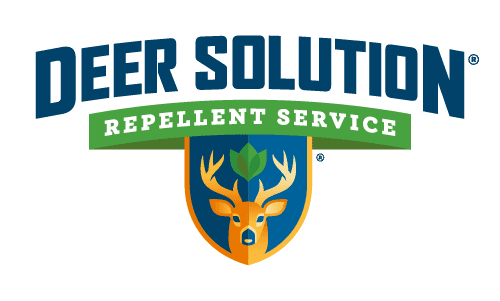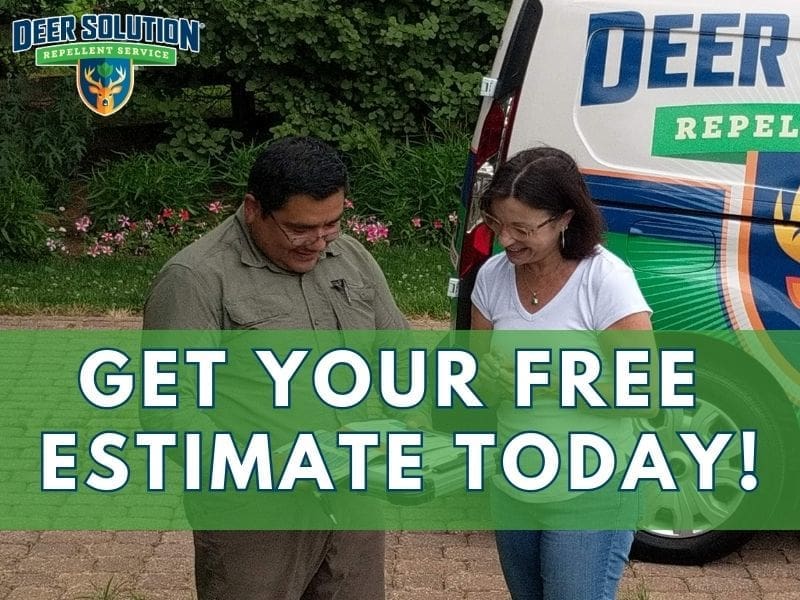Lehigh County, Pennsylvania, is grappling with a significant ecological and agricultural challenge: the escalating issue of deer overpopulation and its consequent impact on local gardens and crops.
This complex situation affects the natural landscape, and agricultural output, and poses challenges to garden protection and public safety.
The Rise of Deer Populations
In Pennsylvania, the deer population has been steadily increasing, bringing them into closer contact with human-populated areas, such as Lehigh County. This surge has positioned deer as a prominent garden pest, known for their capacity to cause substantial damage to vegetable gardens, flowerbeds, and trees.
Their diet includes a wide range of plant material, from leaves and grass to fruits and nuts. An average deer can consume between 5 to 10 pounds of plant material per day, leading to considerable challenges for home gardeners who strive to protect their green spaces from these voracious grazers.
Impact on Agriculture
The problem of deer overpopulation extends beyond residential gardens to the broader agricultural sector. The USDA highlights Pennsylvania as one of the top states for wildlife-related crop damage, with losses exceeding $20 million for corn and $15 million for soybean crops in 2017.
The Waddell family in Pennsylvania reflects this struggle, with their grain corn yield significantly reduced due to deer damage. This drop in yield signifies a substantial financial burden for farmers, exemplified by an eight-acre soybean field that suffered over $6,700 in losses.
Public Safety Concerns
The issue of deer overpopulation also affects public safety, with an increase in deer-related car accidents across Pennsylvania. Reports indicate that Pennsylvania leads the nation in auto insurance claims due to wildlife incidents, highlighting the broader safety concerns associated with deer overpopulation.
Measures to Protect Gardens and Crops
While various measures, such as fencing and repellents, are available to protect gardens and crops from deer, these often fall short of addressing the larger issue of deer overpopulation. The cost and practicality of implementing widespread measures, particularly fencing, pose significant challenges.
Seeking Sustainable Solutions
The Pennsylvania Farm Bureau recognizes the complexity of managing deer populations and mitigating crop damage. They are collaborating with state and federal legislators to develop comprehensive strategies that balance wildlife management with agricultural and residential needs.
This effort underscores the need for innovative, sustainable solutions that consider the ecological, economic, and social dimensions of the issue.
Local Responses and Community Involvement
Community involvement and local responses play a crucial role in addressing deer overpopulation. Public awareness campaigns, community meetings, and collaboration with local wildlife agencies can help in developing localized strategies.
Engaging with local experts and considering the community’s input is vital for effective deer management.
Economic Implications
The economic implications of deer overpopulation are far-reaching. Besides the direct losses suffered by farmers, there are indirect costs related to public safety and garden protection.
Local economies, particularly those dependent on agriculture, can be significantly impacted.
Ecological Considerations
Deer overpopulation also raises ecological concerns. The imbalance in the ecosystem can lead to habitat degradation and negatively affect biodiversity. Effective deer management must consider these ecological aspects to ensure the sustainability of local ecosystems.
The situation in Lehigh County is reflective of a statewide challenge in Pennsylvania. It underscores the need for a collaborative approach, involving various stakeholders, to find sustainable solutions.
This challenge calls for a harmonious balance between human development and wildlife habitats, ensuring the protection of gardens, sustainability of agriculture, and public safety.










